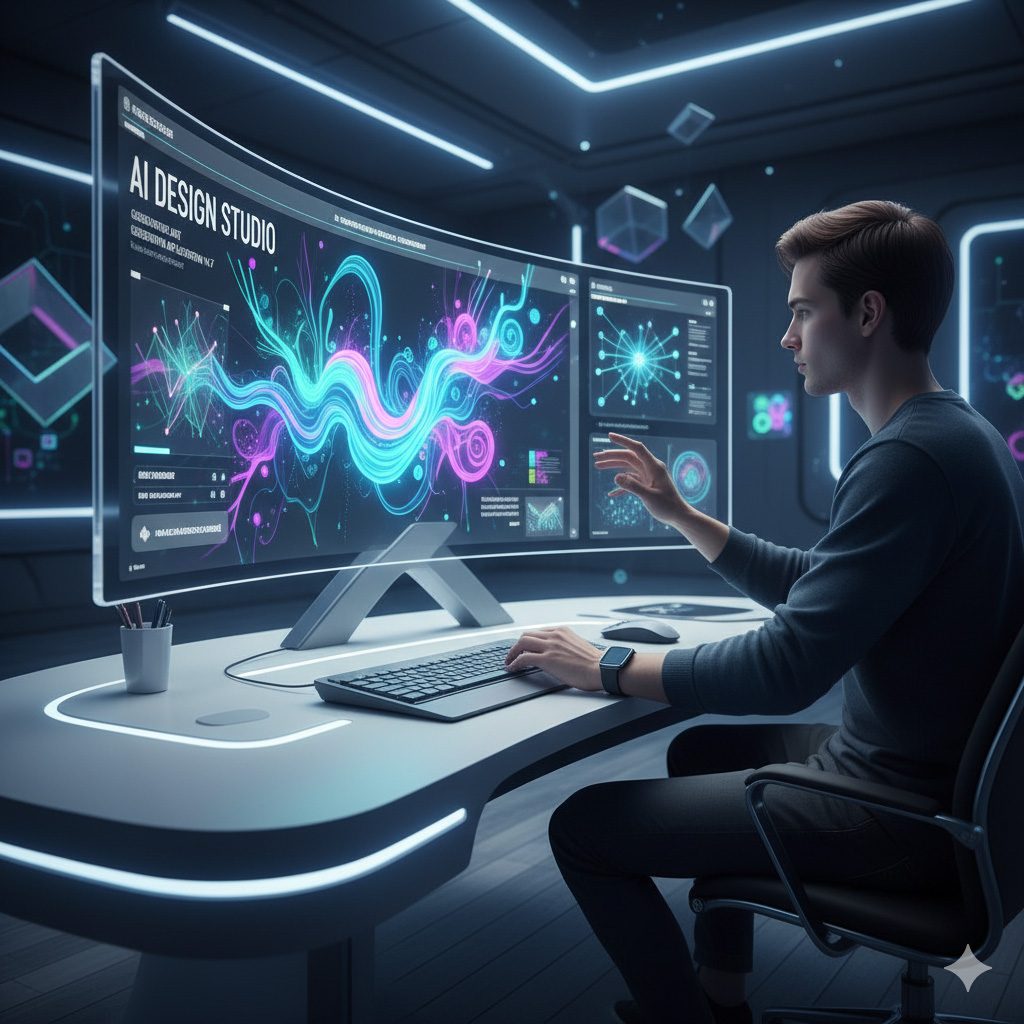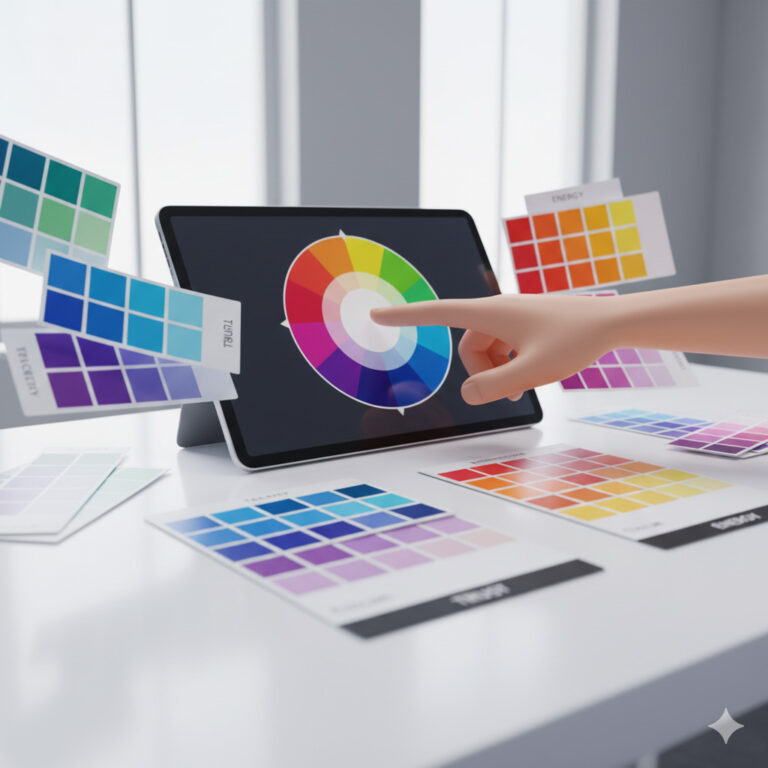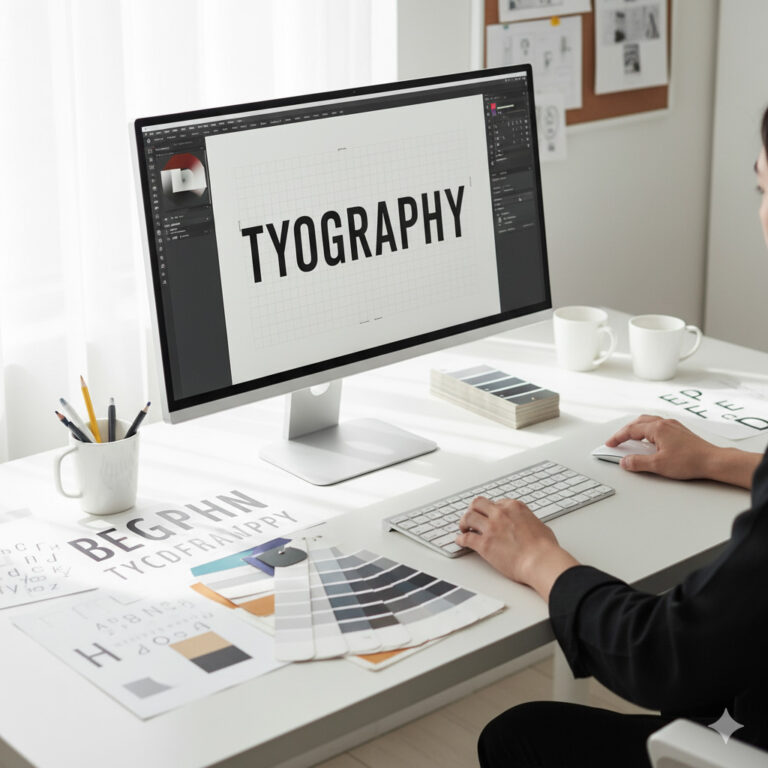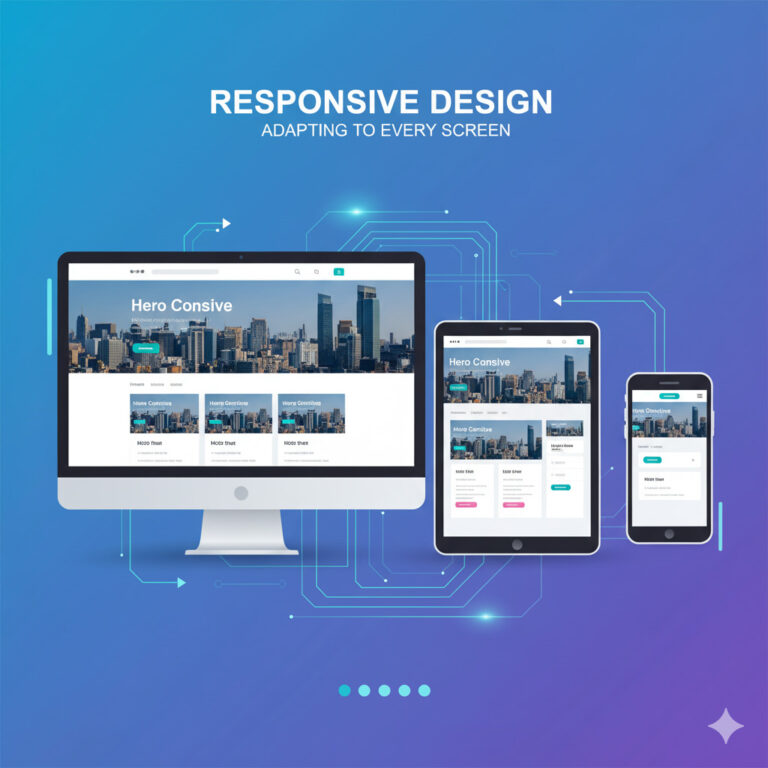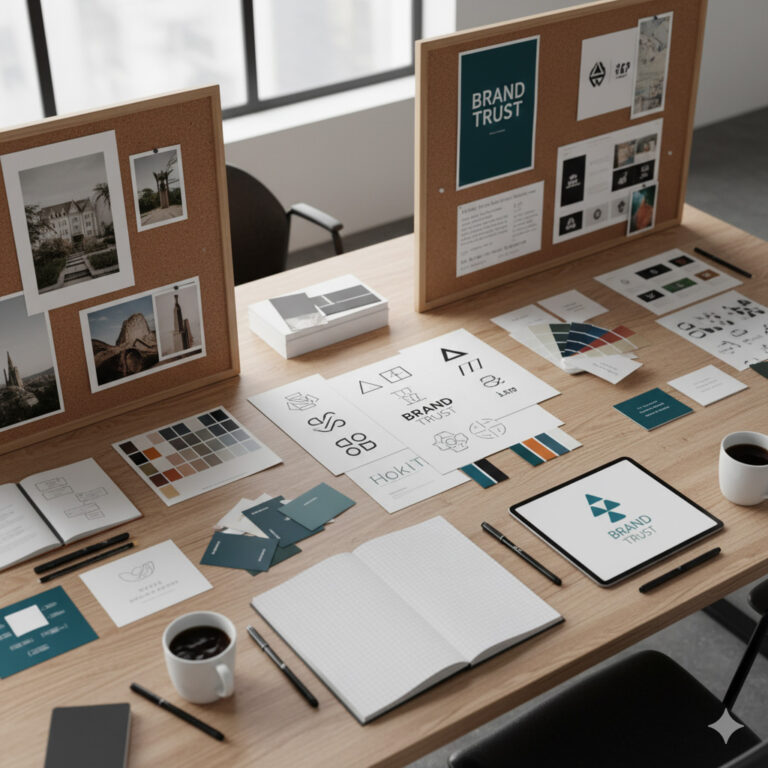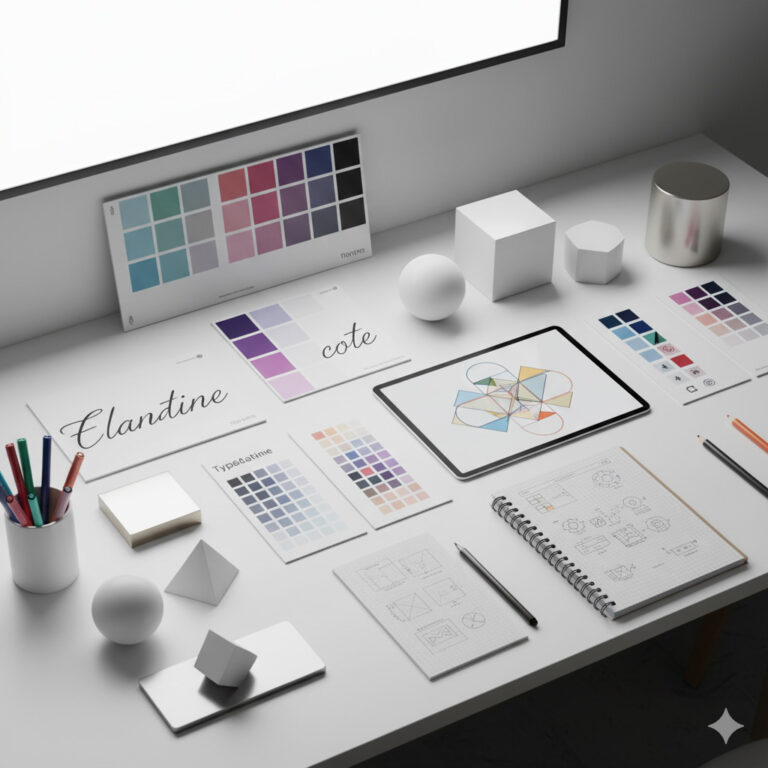The Future of Design: How Artificial Intelligence Is Transforming Creativity
Artificial intelligence has entered the design studio. What began as simple automation is now a full partnership between human imagination and machine intelligence. From generating concept art to assisting with branding strategy, AI is redefining how designers think, create, and collaborate.
At Sammyk Graphix, we see AI not as a replacement but as an enhancement — a catalyst that accelerates ideas and helps creatives focus on storytelling, emotion, and purpose.
1️⃣ What AI Means for Modern Designers
AI in design refers to algorithms that analyze data, recognize patterns, and generate or suggest visuals, layouts, and text. These systems can:
- Generate concepts in seconds
- Predict user preferences
- Automate repetitive tasks
- Offer data-driven design recommendations
Instead of fearing automation, forward-thinking designers are embracing it as a powerful co-designer.
2️⃣ Key AI Tools Every Designer Should Know
| Category | Tool | Use |
|---|---|---|
| Image Generation | Midjourney / DALL-E 3 | Create concept art, mood boards, and illustration ideas |
| Content Creation | ChatGPT / Jasper | Brainstorm copy, slogans, and creative prompts |
| Visual Editing | Adobe Firefly / Canva AI | Auto-remove backgrounds, expand images, recolor themes |
| Video & Motion | Runway ML | Generate video scenes and animations |
| UX Research | Uizard / Galileo AI | Convert wireframes to interfaces instantly |
AI tools are becoming extensions of the creative mind — they accelerate the “rough draft” stage so designers can refine and humanize the result.
3️⃣ Benefits of AI-Assisted Design
Speed and Efficiency
AI shortens production time from days to minutes. You can test more ideas, deliver faster, and spend more time perfecting the final look.
Data-Driven Insights
AI analyzes what visuals perform best, allowing designers to create campaigns with measurable success.
Inspiration on Demand
When creative blocks hit, AI provides fresh visual directions or color palettes to spark new thinking.
Cost-Effectiveness
Smaller teams can now achieve big-studio results, leveling the playing field for freelancers and startups.
4️⃣ The Limitations and Challenges
Despite the excitement, AI design isn’t flawless.
- Originality Concerns: AI is trained on existing data, so outputs may mimic existing works.
- Ethical Questions: Designers must ensure their prompts and outputs respect copyright.
- Over-Reliance: Relying solely on AI can dilute human storytelling and authenticity.
- Data Privacy: Uploaded assets or client data must be handled securely.
Professional designers use AI responsibly — as a collaborator, not a crutch.
5️⃣ The Human Touch: Why Designers Still Matter
AI can generate images, but it cannot feel. Human designers understand nuance, culture, and emotion — the things algorithms can’t replicate.
What Humans Bring:
- Empathy and storytelling
- Cultural sensitivity
- Brand strategy and voice
- Ethical decision-making
The future belongs to creatives who combine AI’s power with human insight.
6️⃣ AI in Graphic Design — Real-World Examples
Logo Design
AI tools can generate dozens of logo variations instantly, helping clients visualize directions. Designers then refine and personalize the best concept.
Branding Systems
Machine learning can predict color harmonies or type pairings that resonate with audiences, reducing guesswork in identity creation.
Marketing Collateral
AI speeds up social-media design, resizing, and copy variation so brands stay consistent across channels.
At Sammyk Graphix, we use AI to enhance creative brainstorming — never to replace it.
7️⃣ AI in Web & UX Design
AI is changing how we build and test websites.
- Layout generation: Tools like Wix ADI or Framer AI instantly draft responsive pages.
- Personalization: AI tracks user behavior and adapts layouts or content automatically.
- Accessibility checks: AI scans for color contrast and readability compliance.
These advances make UX design more inclusive and efficient, ensuring websites serve users better than ever.
8️⃣ Ethical and Legal Considerations
Designers must navigate a new ethical landscape.
- Always credit data sources or references.
- Avoid using prompts that copy specific artists’ names or works.
- Confirm client rights to commercialize AI-assisted content.
- Be transparent: label AI-generated elements when required.
At Sammyk Graphix, integrity comes first — innovation means little without ethics.
9️⃣ Predictions: The Future of Design in 2030
- Fully Integrated Workflows — AI woven into Adobe CC, Figma, and WordPress.
- Voice & Gesture Interfaces — Designers sketch and edit via voice commands.
- Adaptive Branding Systems — Logos and color palettes that evolve based on context.
- AI Mentors — Personalized design tutors analyzing your portfolio and suggesting improvements.
- Sustainability by Algorithm — AI optimizing print layouts and reducing digital carbon footprints.
The next decade will blur the line between designer and technologist.
🔟 How to Thrive as a Designer in the AI Era
- Learn Prompt Crafting: The better your input, the better AI’s output.
- Master Fundamentals: Composition, typography, and color theory remain timeless.
- Stay Curious: Explore new AI platforms regularly.
- Build a Hybrid Workflow: Combine manual sketching with AI prototyping.
- Market Yourself as a Creative Strategist: Businesses will pay for insight, not just execution.
Designers who evolve into creative technologists will lead the industry.
Conclusion — Intelligence + Imagination = Innovation
The fusion of human creativity and artificial intelligence marks the dawn of a new creative age. AI doesn’t steal artistry; it supercharges it. The brush still belongs to the designer — AI simply adds more colors to the palette.
At SammyK Graphix, we embrace this future. We combine strategy, emotion, and technology to craft visuals that speak louder, move faster, and connect deeper.
Let’s create designs that merge imagination with innovation
Work with SammyK Graphix today and experience the future of creative design.

